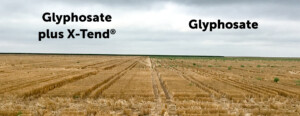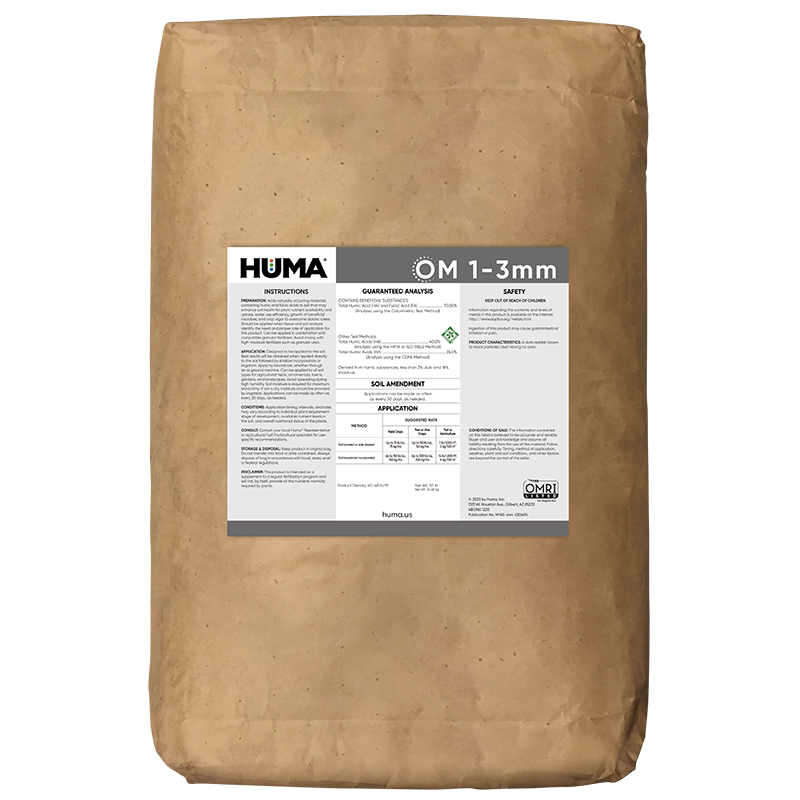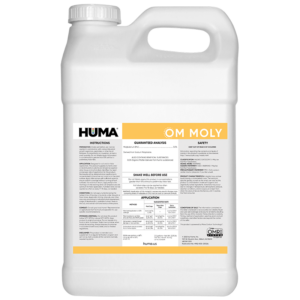OM 1-3 mm
Benefits of Use:
• Uniform granular size promotes even coverage/distribution of humic/fulvic acid for sustainable carbon benefit
• Long-term soil organic-matter building
• Increased water penetration
• Increased flocculation of clays
• Promotes conversion of fertilizer into plant-available food
• Increases soil nutrient mineralization
• Sustainable soil microbial activation
FAQs
Related Videos
Huma Minute – What is Humic Acid with Cory Ritter
Huma Mid-West Regional Sales Manager Cory Ritter discusses the different types of humic acids and what they do for your plants.
Learn More
Huma Minute – Humate Application Rates with Cory Ritter
Huma Mid-West Regional Sales Manager Cory Ritter discusses humate application rates and why there is not a one-size fits all rate.
Learn More
Huma Minute – Humic Acid Testing Methods with Cory Ritter
Huma Mid-West Regional Sales Manager Cory Ritter discusses the differences in the various humic acid testing methods.
Learn More
Related Products
Related Case Studies

Huma® Organic 1-3 mm Dry Humate vs Biochar in Soybeans, With ROI of 4:1
Background Humates are used as soil amendments that have shown to improve crop production. The usage of biochar as a soil amendment has gained traction and has also shown to increase crop yield. Objectives The aim of this study was to test how preplant soil application of organic (OMRI-Listed) humates (Huma® OM 1-3mm) and biochar

Huma® and Zia Pueblo Farm Corn Project
Background Many small-scale farms (1-2 acres each) are established in Zia Pueblo community near San Ysidro, New Mexico. Huma® Inc. was asked to establish an experimental farm in the tribal community that could demonstrate the usage of beneficial agricultural inputs producing high-yield crop and preserving the health of the soil. Huma® humic-based products stimulate plant

Huma® OM 1-3 mm Organic Humates Improve Potato Yield by 9%, With 5:1 ROI
Background Scientific research shows that humic and fulvic acids are biostimulants—enhancing nutrient availability and uptake, improving plant root growth and mass, and impacting both crop yield and quality. Objective The focus of this study was to assess the effect of pre-plant application of a raw humic product on potato yield. Materials & Methods One week
Related Blog Posts

BHN’s Dr. Abi-Ghanem Selected to Speak at Soil Society Leadership Panel
Dr. Rita Abi-Ghanem, Senior Director of Research & Development at Bio Huma Netics, Inc., has been selected to speak as part of a Soil Science Society of America (SSSA) panel discussion on Leadership at the 2019 International Soils Meeting, “Soils Across Latitudes, on January 8, 2019, in San Diego, California. Dr. Abi-Ghanem will be representing

This Week In Ag #99
Shopping with a farmer can be quite the experience. It’s one my mother refused to partake in during her entire 40-year marriage. This weekend, I went with my wife to exchange a pair of blue jeans that Santa brought me. As we were looking for my size, a clerk at Boot Barn suggested a different

Field Trial: X-Tend® Increases Glyphosate Effectiveness
Objective Over the years, some weeds have developed resistance to common herbicides such as glyphosate. To overcome this hurdle, growers may bump up the rates or add other herbicides or products with different mechanisms/modes of action into the tank mix. Such approaches have had mixed results over the long run and have increased the cost






